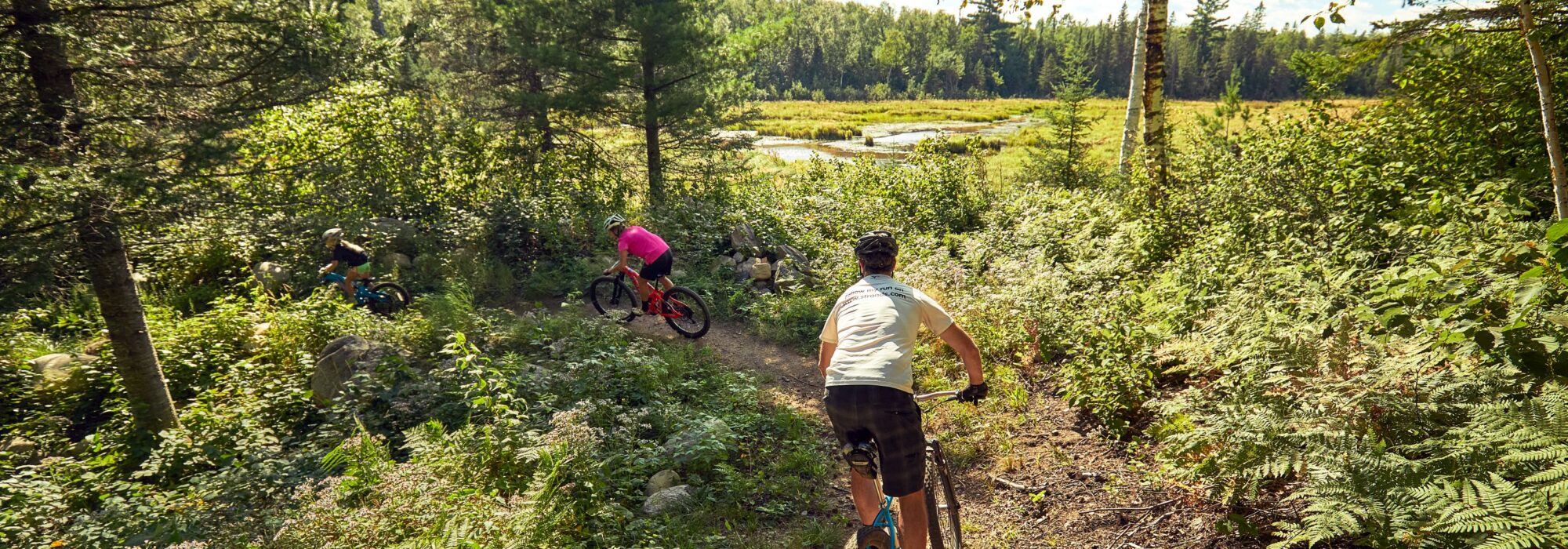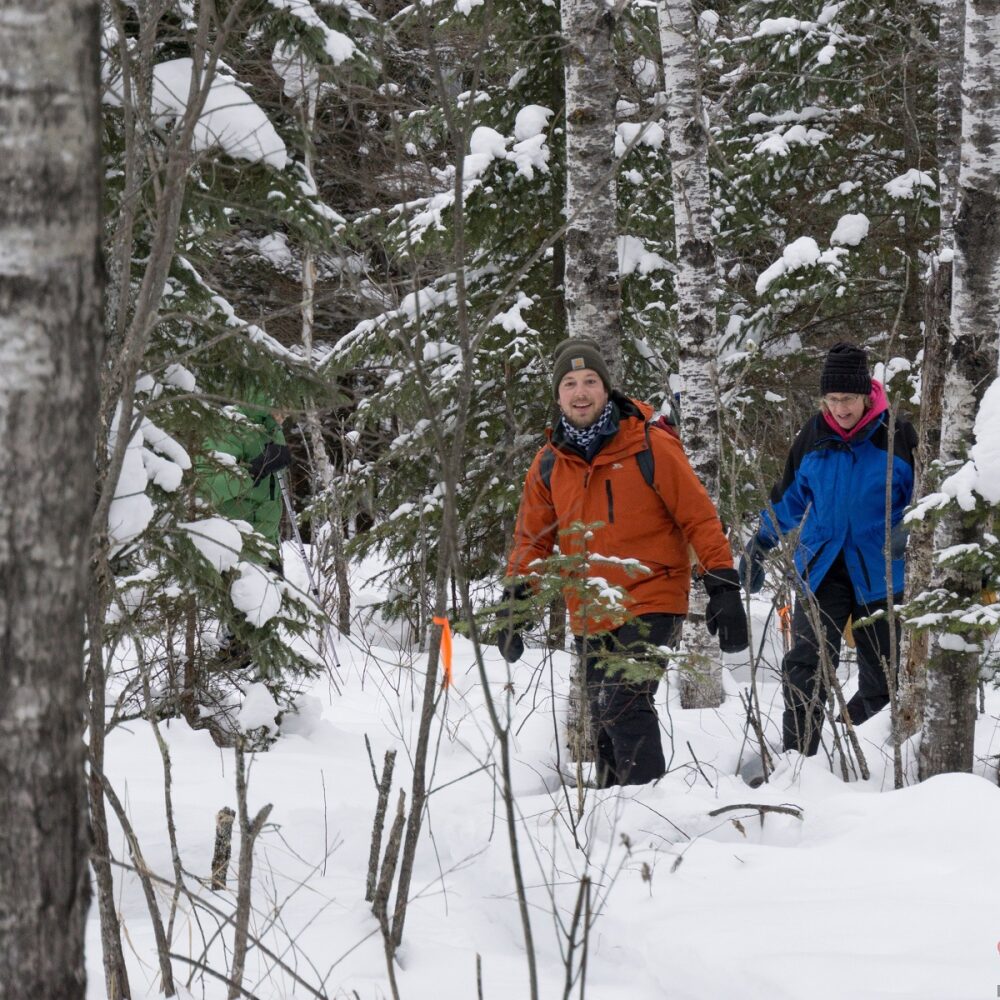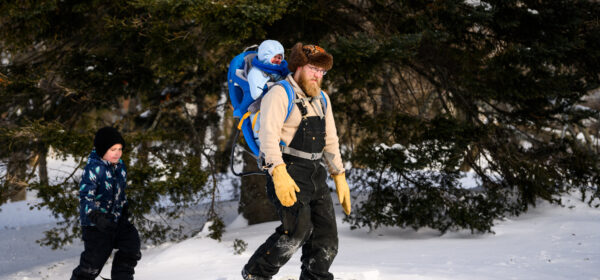Mountain Biking for Beginners: Conquering the Iron Range by Bike
Are you ready to embark on an exhilarating mountain biking adventure in Minnesota’s stunning Iron Range? Whether you’re a complete novice or looking to brush up on your skills, this guide will help you navigate the world of mountain biking with confidence. In this article, we’re sharing insights from Pete Kero and Benji Neff, seasoned mountain biking enthusiasts, on how to tackle these challenges head-on. So strap on your helmet and let’s dive into the thrilling realm of off-road cycling!
Why Mountain Biking in the Iron Range?
Picture yourself pedaling through lush forests, conquering rugged terrain, and experiencing the rush of adrenaline as you descend winding trails. The Iron Range is a perfect destination for mountain bikers of all levels, from gentle paths for beginners to challenging routes for seasoned riders. It’s like having a natural theme park right in your backyard!
The Iron Range’s unique landscape, shaped by its mining history, provides a diverse range of trails that cater to every type of rider. From former mining pits transformed into bike parks to pristine forest trails, the region offers an unparalleled mountain biking experience.
Understanding Mountain Biking Styles
Before we dive into gear and techniques, let’s explore the different types of mountain biking you might encounter in the Iron Range:
- Trail Riding: The most common style, perfect for beginners. It involves a mix of climbs and descents on varied terrain.
- Cross-Country (XC): Focuses on endurance and speed, often on less technical trails.
- All-Mountain/Enduro: Combines uphill pedaling with more challenging downhill sections.
- Downhill Riding: Involves riding specially designed bikes on steep, technical trails, usually at ski resorts or bike parks. Downhill mountain biking is usually considered more advanced.
- Fat Biking: Using bikes with extra-wide tires, perfect for snow, sand, and mud – ideal for year-round riding in the Iron Range.
As a beginner, you’ll likely start with trail riding and possibly cross-country, gradually progressing to more advanced styles as your skills improve.
Choosing the Right Mountain Bike
Selecting the right bike is crucial for your mountain biking journey. It’s like finding the perfect dance partner – you need one that matches your style and skill level.
Mountain biking expert Benji Neff underscores the importance of this. While your old bike may suffice for casual rides, investing in specialized equipment tailored to mountain biking can significantly enhance your experience.
Here are some options to consider:
- Hardtail Mountain Bikes: These bikes have front suspension only, making them ideal for beginners tackling less technical trails. They’re generally lighter and require less maintenance than full-suspension bikes.
- Full-Suspension Mountain Bikes: With suspension in both front and rear, these bikes offer maximum comfort and control on rougher terrain. They’re great for more challenging trails but come with a higher price tag and more complex maintenance.
- Fat Bikes: Perfect for the Iron Range’s diverse conditions, fat bikes feature wide tires that provide excellent traction on snow, sand, and muddy trails. They’re ideal for year-round riding in the region.
For beginners, a hardtail mountain bike is often the best choice. It’s like learning to drive on an automatic before switching to manual – it helps you master the basics without overwhelming you.
Both Redhead Mountain Bike Park and Giant’s Ridge offer resources to help riders outfit themselves with the appropriate gear, ensuring a smoother and more enjoyable ride.
Key Features to Consider
When choosing your bike, here are a few features you’ll want to consider:
- Wheel Size: Most modern mountain bikes come with either 27.5″ or 29″ wheels. Larger wheels roll over obstacles more easily but can be less maneuverable.
- Frame Material: Aluminum frames are common and affordable, while carbon fiber is lighter but more expensive.
- Gears: More gears give you more options for tackling different terrains. A 1x drivetrain (one chainring in front) is increasingly popular for its simplicity.
- Brakes: Disc brakes are standard on most mountain bikes, offering reliable stopping power in all conditions.
Essential Mountain Bike Gear
Before hitting the trails, make sure you’re equipped with the right gear. Think of it as your mountain biking armor:
- Helmet: A must-have for safety. Choose one specifically designed for mountain biking, offering more coverage than a road cycling helmet.
- Gloves: Protect your hands from blisters and improve grip on the handlebars.
- Mountain Bike Shorts: Padded for comfort during long rides. You can choose between form-fitting lycra or looser-fitting baggy shorts with a padded liner.
- Jersey: A moisture-wicking jersey helps keep you cool and comfortable.
- Shoes: Opt for sturdy, grippy shoes or specialized mountain biking footwear. Flat pedal shoes are great for beginners, while clipless shoes offer more efficient pedaling but require practice.
- Hydration Pack: Stay hydrated on the go. Look for packs with additional storage for snacks and tools.
- Eye Protection: Sunglasses or clear lenses protect your eyes from sun, dust, and debris.
- Basic Repair Kit: Include a spare tube, pump, tire levers, and multi-tool for quick fixes on the trail.
Mastering Basic Mountain Biking Skills
Now we’re getting to the fun part – the riding! Mastering mountain biking skills takes practice. In some ways, it’s like learning to ride a bike all over again. Here are some fundamental techniques you’ll want to focus on:
- Body Position: Keep your body loose and centered over the bike. Stand up on the pedals with knees and elbows slightly bent when descending or navigating rough terrain.
- Braking: Learn to use both brakes effectively for controlled stops. The front brake provides more stopping power, but be careful not to apply it too hard, especially on descents.
- Shifting: Practice changing gears smoothly for different terrains. Anticipate changes in the trail and shift before you need to, not during climbs or technical sections.
- Cornering: Lean into turns and look where you want to go. Keep your outside pedal down and put pressure on it for better traction.
- Climbing: Shift to a lower gear and maintain a steady cadence. Keep your weight forward to maintain traction on the front wheel.
- Descending: Keep your pedals level, shift your weight back, and look ahead to anticipate obstacles.
- Obstacle Navigation: Learn to lift your front wheel to clear small obstacles, and eventually progress to bunny hops for larger ones.
Remember, becoming a skilled mountain biker is like learning a new language – it takes time and practice, but the rewards are incredible!
Check out Giant’s Ridge’s comprehensive lesson programs and camps designed to teach riders of all ages and skill levels these essential techniques.
Navigating Obstacles
As Pete Kero highlights, Redhead Mountain Bike Park is continuously evolving to provide riders with new challenges and opportunities for skill development. The addition of features like skills tracks and paved pump tracks offers beginners a safe environment to build confidence and familiarize themselves with trail obstacles. These amenities serve as valuable resources for riders looking to enhance their skills and progress at their own pace.
Exploring Iron Range Mountain Bike Trails
The Iron Range boasts an impressive network of mountain biking trails suitable for all skill levels. Here are some popular options to check out:
- Redhead Mountain Bike Park: A premier destination with trails for beginners to experts. This former mining site has been transformed into a world-class mountain biking facility.
- Giants Ridge: Offers a variety of trails and even lessons for newcomers. It’s a great place to start your mountain biking journey with well-maintained trails and stunning views.
- Lookout Mountain: Features scenic trails with breathtaking views of the surrounding landscape. It’s perfect for those looking to combine a good workout with sightseeing.
- Cuyuna Lakes Mountain Bike Trails: While not in the Iron Range proper, this nearby trail system is worth mentioning for its exceptionally well-designed trails catering to all skill levels.
For those looking to try something different, consider fat biking in winter or gravel biking for a mix of on and off-road adventures. The Iron Range also offers numerous scenic bike trails for a more relaxed riding experience.
Tips for a Safe and Enjoyable Ride
Excited to tackle the trails? Here are some tips to help you have a blast and stay safe while exploring the Iron Range.
- Start Small: Begin with easier trails and gradually progress. The Iron Range offers plenty of beginner-friendly options to build your confidence.
- Ride with a Buddy: It’s safer and more fun! Join local group rides or find a riding partner through local bike shops or online communities.
- Know Your Limits: Don’t push yourself too hard too soon. It’s okay to walk sections of the trail that feel too challenging.
- Stay Hydrated and Fueled: Drink plenty of water before, during, and after your ride. Pack energy bars or snacks for longer rides.
- Regular Bike Maintenance: Keep your bike in good condition with regular cleaning and tune-ups. Local bike shops in the Iron Range can help with maintenance and repairs.
- Protect Yourself from the Elements: Use sunscreen, insect repellent, and dress in layers appropriate for the weather.
- Learn Basic Bike Repairs: Knowing how to fix a flat tire or adjust your brakes can save your ride.
Getting Started on the Iron Range
Despite the initial hurdles, embarking on a mountain biking journey is ultimately about embracing the adventure and enjoying the ride. Pete Kero and Benji Neff emphasize the importance of patience and persistence as riders navigate the learning curve. Whether it’s mastering a challenging climb or conquering a technical descent, every milestone achieved brings a sense of accomplishment and fulfillment.
To kickstart your mountain biking journey in the Iron Range, here are a few steps you can take:
- Visit Local Bike Shops: They’re great sources of information on trails, gear, and local riding communities.
- Take a Lesson: Many locations like Giants Ridge offer beginner lessons to help you master the basics.
- Join a Club: Local mountain biking clubs often organize group rides and trail maintenance events.
- Attend Events: Look out for mountain biking events in the Iron Range. They’re great opportunities to meet other riders and improve your skills.
Your Mountain Biking Adventure Awaits!
Remember, every expert was once a beginner. Embrace the learning process, enjoy the ride, and soon you’ll be tackling trails like a pro. The Iron Range’s mountain biking community is welcoming and supportive, so don’t hesitate to ask for advice or join group rides.
As you progress in mountain biking, you’ll not only improve your physical fitness but also develop a deeper appreciation for the natural beauty of the Iron Range. You’ll discover hidden gems, breathtaking viewpoints, and a sense of accomplishment with every trail you conquer.
So, what are you waiting for? Grab your bike, hit the trails, and discover the thrill of mountain biking in Minnesota’s beautiful Iron Range! Happy riding, and may your adventures be as rich and diverse as the landscape you’re exploring!
This blog post includes excerpts from the podcast Meeting Mesabi with host Ceasar Ortega. Watch the whole episode here.




